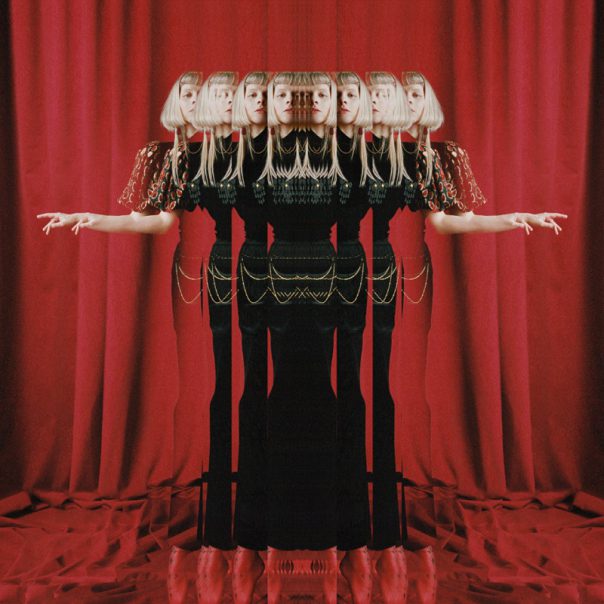In a typical day, the average De Anza College student sees dozens of symbols indicating disabled access. Doors with special mechanisms, elevators, and of course ramps permeate the campus. But are the signs proportionate to actual accessibility? In a word: yes.
And here’s why.
I recently spent a day testing the campus for accessibility. My day in a wheelchair was one of the most interesting I’ve ever had. How do you open a door in a wheelchair? It wasn’t too difficult after a bit of practice, but I suspect that this was due to my powerful and imposing reach.
Also, how do you reach a library book that’s sitting on the top shelf if you yourself are still sitting down? If I didn’t have extended director’s cut reach, I would have had an even harder time. As for actually trying to go up one of those ramps, it turns out that even my massive biceps wore out after 90 minutes of wheeling around campus.
The truth is, if you try to go up one of the ramps leading into the Campus Center, your upper arms and shoulders begin to ache pretty badly after the fourth or fifth time. I can only imagine how difficult it must be to do this every day.
Many of the buildings had elevators, ramps and automated door openers. However, doors for the older rooms in the L and S Quads, as well as the MQ building were clearly obsolete. Without someone holding the door open, I had trouble maneuvering my way in.
The most challenging place to maneuver was the bathroom. After much struggling, I just took a leap of faith and caught the metal bars and hauled myself onto the porcelain throne.
If I had tried all that in a normal stall, the results would have been cataclysmic. Another thing: If you aren’t disabled, try your very best not to use the disabled stall. It was the only one I could use, and waiting for any extended period of time in a bathroom isn’t anyone’s idea of a good time.
What really struck me, however, wasn’t the effort or the technical difficulties. The amazing thing was just how simultaneously nice and distant most people are with you when you’re in a wheelchair. Everyone I encountered was willing to help me out when I had a hard time with a door or ramp. There is a genuine desire by the student body to help those who need it.
On the other hand, people I spoke to didn’t quite want to look me in the eye. It was like my wheelchair was the plague, and they were keeping their distance as politely as possible.
Getting around campus in a wheelchair was difficult. De Anza has good wheelchair access and helpful students, but my arms were exhausted. I was glad to get out of the wheelchair at the end of the day. Heck, I was glad I was able to get out of the wheelchair!
The worst part of my experience was the feeling of alienation I had when people tried to look past me, as if being in a wheelchair made me invisible. I knew I was still the same person — but no one else seemed to see me the same way. At least for now, De Anza has a very accomodating campus.










